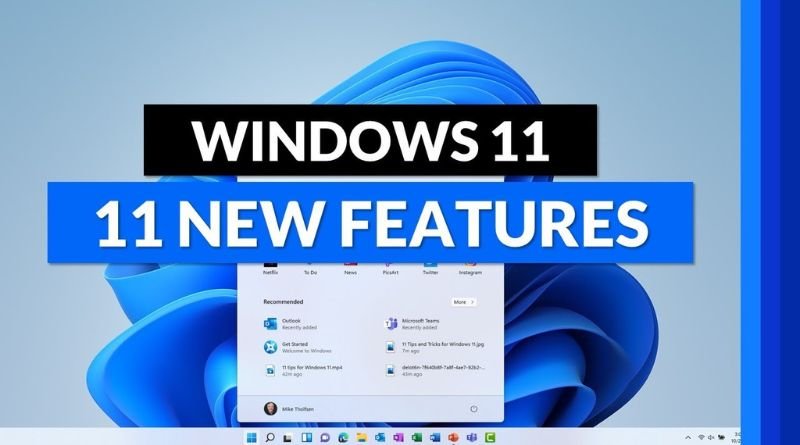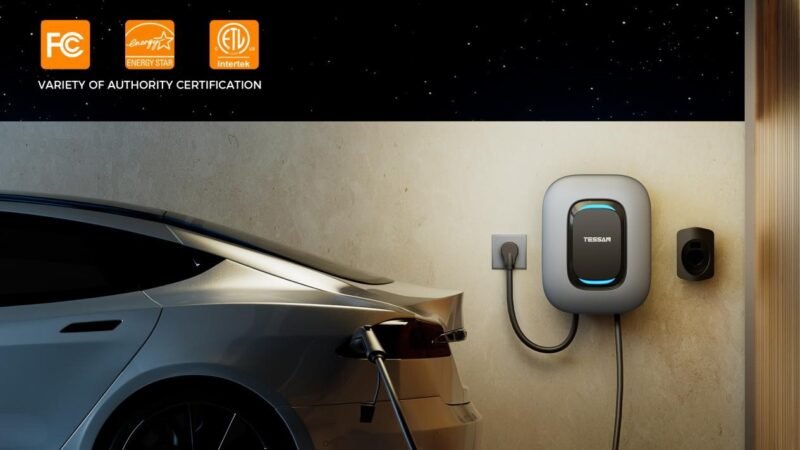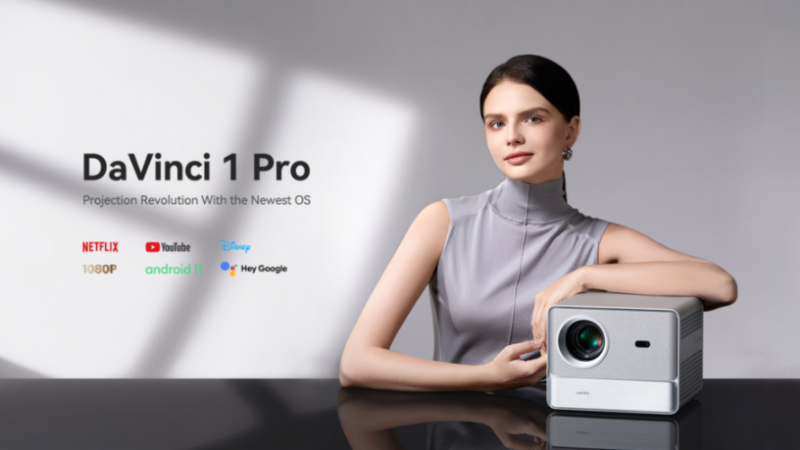Windows 11: Features, Pricing and Everything You Need to Know

Microsoft released Windows 11, its latest operating system (OS), on October 6, 2018. The new OS includes several updates that should make it appealing to PC users and ensure the platform’s competitive viability with other operating systems like Apple’s macOS and Google’s Chrome OS. Here’s what you need to know about this latest version of Windows before making your purchase decision.
What is Windows?
Windows is a personal computer operating system from Microsoft. Windows 11 is the latest version of the operating system, which was released on October 20, 2020. The operating system is available in two editions: Home and Pro. Home is for personal use while Pro is for businesses and organizations. Windows includes a number of features, such as the Start menu, taskbar, Action Center, Cortana digital assistant and Edge web browser.
It also has a number of built-in apps, such as Mail, Calendar, Photos and Maps. pricing for Windows 11 starts at $139 for the Home edition and $199 for the Pro edition. If you purchase the full version outright, you will receive all updates for free for up to three years or until the next major release of Windows.
If you choose an upgrade instead, you will be eligible for free upgrades within 10 years after purchase or if there are any other major upgrades between your purchase date and when Windows 11 becomes available. For those who want Windows 11 now but don’t want to spend money on it yet, there is an option called Try before you buy. For this option, users get 30 days access to try out their new software without paying anything.
The History of Windows
In 1985, Microsoft released the first version of Windows. Windows 1.0 was a graphical user interface (GUI) based operating system that allowed users to point and click their way around a computer. In 1987, Microsoft released Windows 2.0 which featured improved memory management. Then in 1990, they released Windows 3.0 which was the first version of Windows to gain widespread adoption.
In 1995, Microsoft released Windows 95 which featured significant improvements to the GUI and support for 32-bit applications. In 2000, they released Windows 2000 which was a major update that introduced Active Directory and other features aimed at businesses. In 2001, they released Windows XP which was a consumer-focused release that featured a new look and feel as well as enhanced security features.
What is New in Windows 11?
Windows 11 is the latest version of Microsoft’s operating system for PCs, laptops and tablets. This update includes a number of new features, including the return of the Start menu, a new taskbar, an updated File Explorer, support for multiple desktops and more. Windows 11 also introduces a new pricing model for users who want to upgrade from an older version of Windows. Here’s everything you need to know about Windows 11. -The Start Menu makes its long-awaited return in Windows 11.
The interface has been redesigned with touchscreen devices in mind, but it still feels familiar to those who remember its appearance in previous versions of Windows. Along with being customizable by dragging and dropping tiles into place on the interface, it also features quick access to your most recently used apps as well as newly introduced Live Tiles that display information such as upcoming appointments or current weather conditions at a glance.
-Users can now choose between the traditional desktop environment or Continuum, which will offer tablet users a touchscreen
-friendly experience with minimal scrolling required. One major change coming to Windows 11 is the introduction of a new pricing model for upgrades from an older version of Windows.
Unlike previous iterations, Windows 11 does not include this option automatically and instead offers three choices: Home ($149), Pro ($199) and Enterprise ($399). Whether or not this will affect consumer uptake remains to be seen; however, if you’re upgrading because your device no longer meets hardware requirements (i.e., it doesn’t have enough RAM), then this may be worth looking into.
Device Requirements
Windows 11 will require the same hardware as Windows 10, meaning that if your device can run Windows 10, it should be able to handle the new operating system. As for pricing, Microsoft has not yet announced anything official.
However, based on the company’s past pricing structure, it’s likely that Windows 11 will cost around $120 for the Home edition and $200 for the Pro edition. The Enterprise edition is available only through volume licensing agreements with a minimum of five licenses per agreement. In other words, Windows 11 prices could range from free to $720 for home users or from free to $3,600 for enterprise users.
How Much Will It Cost?
Windows 11 will likely come in two different versions: a Home version and a Pro version. The Home version will probably be around $120, while the Pro version will be closer to $200.
As for features, Windows 11 is said to include a new Start menu, an updated taskbar, a new notification center, and more. For those who want even more than what’s on offer with Windows 11, Microsoft has announced that it will offer continuum, which is designed to bridge the gap between phones and PCs.
Will This Be Free?
There has been no official word on pricing or whether Windows 11 will be a free upgrade for current Windows 10 users. However, we can speculate based on Microsoft’s past behavior.
Based on this, it’s likely that there will be a free upgrade period for current Windows 10 users, followed by a paid upgrade for those who want to continue using the new features after the initial release. As for the price of the new OS, it’s anyone’s guess at this point. However, we can expect it to be in line with previous releases of Windows.
When Can I Download it?
Windows 11 will be available as a free upgrade for Windows 10 users from June 21. That means if you have a PC with a legitimate copy of Windows 10, you’ll be able to install the new operating system without paying a dime. If you don’t have Windows 10, you can purchase it from Microsoft’s website or from select retailers starting at $139.99.
What New Features Will It Include? (six sentences): The biggest change is the return of the Start menu, which combines the traditional menu with the Live Tiles introduced in Windows 8. Other new features include an updated taskbar, better support for multiple monitors, a new Action Center that consolidates all your notifications, and improvements to the Edge browser.
There are also numerous minor tweaks, like being able to drag-and-drop apps from the All Apps list onto open windows. There are also some updates on privacy controls, including Do Not Track by default and several new privacy settings that allow you more control over what information apps are allowed to access on your device.







